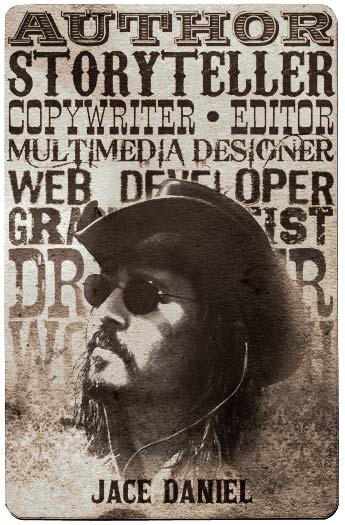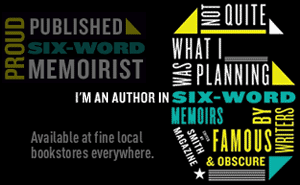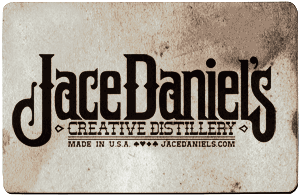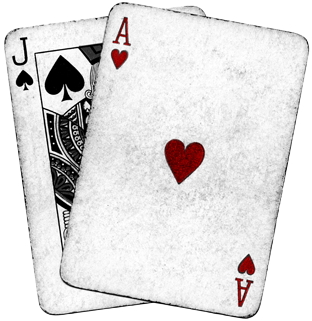The Hero’s Journey is a phrase based upon ideas from comparative mythologist Joseph Campbell’s seminal work, The Hero with a Thousand Faces (1949). Campbell actually refers to his concept as the monomyth, a term he borrowed from James Joyce’s Finnegans Wake.
Christopher Vogler took this concept to the next level in his book, applying it to contemporary stories. It’s an excellent study.
You’ll see this classic story structure model applied to more films than you can count on your appendages. Why? Because it works. From Jack and the Beanstalk to Star Wars to The Lion King to Beverly Hills Cop, there really is no substitute for classic structure sensibilities in storytelling.
As an exercise, try finding each of the journey’s steps in some of your favorite films. You’ll gain a whole new appreciation on things.
The steps are:
1. Ordinary World – Limited Awareness
2. Call to Adventure – Increased Awareness
3. Refusal of the Call – Reluctance to Change
4. Meeting the Mentor – Overcoming Reluctance
5. Crossing the First Threshold – Committing to Change
6. Tests, Allies, Enemies – Experimenting with First Change
7. Approach the Inmost Cave – Preparing for Big Change
8. Ordeal – Attempting Big Change
9. Reward – Consequence of the Attempt
10. Road Back – Rededication to Change
11. Resurrection – Final Attempt at Big Change
12. Return with the Elixir – Final Mastery of the Problem
*These steps don’t necessarily occur in this order in every story. Variations abound, which is what makes things so interesting.










A friend and I hashed this topic out a bit last night. We seemed to have a bit of a disagreement on the following two questions:
— In the Wizard of Oz, what’s the Call to Adventure?
— What’s the Refusal of the Call?
My initial gut feeling was that Dorothy’s Call to Adventure was a subtle one:
TO APPRECIATE HOME.
Dorothy’s Call was to find contentment in her surroundings. An emotional challenge that she initially resists. This “adventure” ultimately supports the whole theme of the story: THERE’S NO PLACE LIKE HOME.
Dorothy running away with Toto was the physical manifestation of her emotional Refusal of the Call.
Then she met Professor Marvel, signifying the “Meeting with the Mentor” (Step 4). The Professor encouraged Dorothy to heed the Call; ultimately instructing her to return home and appreciate the people who love her. In their first meeting, Professor and Dorothy verbalize the Call and Refusal quite clearly in the following exchange:
The theme of “THERE’S NO PLACE LIKE HOME” was taken and applied to the larger world of Oz. The b/w world is in fact a microcosm of what happens in color later in the movie. The Elixir (Step 12) is Dorothy’s realization that there’s no place like home, and her whole journey through Oz is aimed at getting home with the help of her Allies while dodging the tests and ordeals being set by her Enemies.
Another theory worthy of study is that Dorothy’s Call was to run away from home, and then the Refusal of the call was to go back home. What’s unconventional about this is that the meeting with the Mentor occurred before the Refusal, and the Mentor literally encouraged her to refuse. I’m not sold on this theory.
While I’m thinking about it, I submit my interpretation of how the classic Hero’s Journey applies to The Wizard of Oz:
1. Ordinary World – Kansas. A seemingly boring, dull place for Dorothy.
2. Call to Adventure – The challenge for Dorothy to appreciate home. This is the tricky one.
3. Refusal of the Call – Dorothy runs away with Toto.
4. Meeting the Mentor – Captain Marvel encourages her to go back home, essentially heeding the Call to appreciate home.
5. Crossing the First Threshold – Dorothy leaves Kansas and enters the world of Oz.
6. Tests, Allies, Enemies – Find the Wizard, meet the three friends, dodge the witch and monkeys. (This all supports goal illustrated in the Call.)
7. Approach the Inmost Cave – Confrontation with the witch.
8. Ordeal – Dorothy gets incarcerated by the witch.
9. Reward – The party kills the witch, obtaining the necessary broom Dorothy needs to get home.
10. Road Back – Second meeting with the Wizard.
12. Resurrection – Dorothy realizes the value of home, friends, and love. She’s a new woman.
13. Return with the Elixir – With this knowledge, she learns that she had the ability to go home all along. She takes what she’s learned and returns home. There’s no place like it.
A new friend offered some penetrating analysis on this topic in an email. (Thanks Arland!)
Below:
Arland said:
True. This is why I tend to think that her real choice is to “appreciate home”. It is in fact her Call to Adventure. Once she lands in Oz, her task, as laid out by Glinda, is to follow the Yellow Brick Road. Why? To meet the Wizard, and ultimately get home. Following the Yellow Brick Road was a means to an end; it was Dorothy’s physical method of heeding the Call. (The deeper message revealed at the end is that the Call could’ve been heeded all along. All she needed to do was listen to her heart.)
Arland said:
I’d argue that structurally, Glinda isn’t the classic Mentor, nor is the Scarecrow, Tin Woodsman, or Lion. These folks may have traces of the Mentor’s attributes, but it seems they’d all fall under the group of Allies as listed in Step #6. Your point that Dorothy’s not faced with a real decision after talking to Glinda further convinces me of this.
Arland said:
Precisely. This is why searching for Dorothy’s Call in Oz is so confusing, and why I suspect Vogler may have been on glue the night he wrote Page 18. I stand by my notion that the true Call (to appreciate home) occurs in her heart back in Kansas. She refused it, met the Mentor (Captain Marvel), and then heeded it.
What’s interesting is that her Call sort of evolves from an emotional “appreciate home” in Act I to a physical “get home” in Act II, which brings us full circle to her appreciation of home at the end of the story.
Vogler himself applies the principles of The Hero’s Journey to The Matrix:
http://www.youtube.com/watch?v=8AG4rlGkCRU
Vogler’s same explanation, with the added examples of Star Wars, Lord of the Rings, and Harry Potter:
http://www.youtube.com/watch?v=SB_Q1gFsvIw
Here’s another videographic that uses Star Wars as an example to explain Campbell’s monomyth model:
http://www.youtube.com/watch?v=NwKeOpAZHac